Bac Giang’s transformation momentum in new era
BAC GIANG – Once a purely agricultural province, Bac Giang has emerged as one of Vietnam’s fastest-growing localities, now ranking 12th nationwide in economic scale. Its success stems from an industrial-led development strategy, regional connectivity and a focus on social welfare.
As the province prepares for its upcoming merger with Bac Ninh, forming the new Bac Ninh province, Bac Giang is entering a new chapter that demands fresh thinking, stronger coordination, and more unified efforts from all political, business and social actors.
Sustaining high growth
 |
|
Leaders of Bac Giang and Bac Ninh provinces hold a conference to evaluate the results of the coordination work in socio-economic development. |
Bac Giang is targeting gross regional domestic product (GRDP) growth of 13.6% in 2025. To meet this, authorities are closely monitoring market trends and policy implementation while preparing for potential disruptions, including global supply chain shifts, trade barriers, and geopolitical uncertainties.
Nguyen Dinh Hieu, Director of the provincial Department of Finance, said the central government has issued four key resolutions on science and technology, streamlining the political system, promoting the private sector and enhancing international integration.
"These resolutions are strategic drivers that will significantly influence local socio-economic development,” he said.
To translate these national policies into local action, Bac Giang is reviewing and revising outdated or overlapping regulations, delegating authority more effectively and streamlining administrative procedures.
"Any bottleneck should be addressed immediately by the competent level," Hieu noted, emphasizing the province’s commitment to flexibility and practical governance.
In line with these efforts, Bac Giang is also accelerating the implementation of its Resolution 147 on industrial development through 2030. The resolution promotes a modern, efficient and sustainable industrial model closely linked with urban growth and service expansion—what the province calls a comprehensive "industrial ecosystem."
Priority is given to attracting major investors capable of driving supply chains and building synergies with local businesses.
Bac Giang’s strategy hinges on balancing three pillars—industry, urbanization, and services—while maintaining a fair and open business environment. The province stresses environmental protection, social responsibility and equitable distribution of benefits between the government, enterprises and workers, under the principle of “shared benefits, shared risks.”
Industry experts have also called on the central government to refine laws and policies related to foreign direct investment (FDI), with more targeted incentives and tighter control over industrial land prices to prevent unfair advantages and enhance transparency.
Locally, Bac Giang continues to push for strategic breakthroughs in infrastructure and human resources. Investment priorities include transport, industrial parks, housing for workers, logistics, culture-sports facilities and services for foreign specialists.
On workforce development, the province is boosting vocational training aligned with market demand, particularly in modern manufacturing.
The province is also focusing on quality over quantity in its investment projects. Foreign investors are now encouraged to transfer technology and partner with domestic firms. Bac Giang is promoting local economic clusters that form closed-loop value chains—where one firm’s output becomes another’s input—aiming to build end-to-end production capacity from raw materials to finished goods for both domestic and international markets.
Building a three-pillar economy
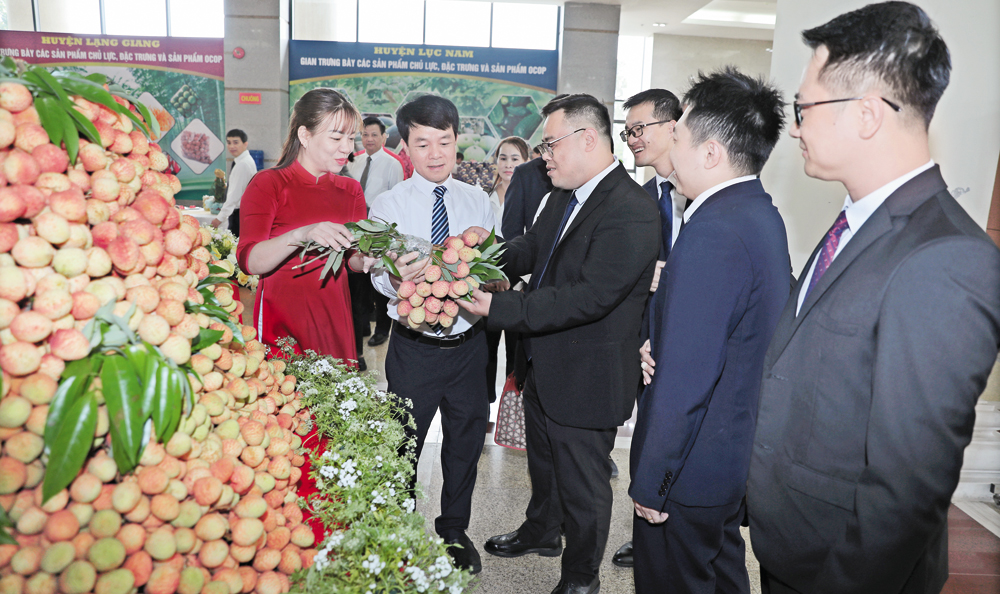 |
|
Duong Ngoc Chien, Director of the Department of Industry and Trade (second from left) introduces Bac Giang lychee to Chinese enterprises. |
While pushing industrialization, Bac Giang remains committed to modernizing agriculture. Chairman of the provincial People's Committee Nguyen Viet Oanh emphasized the province’s support for cooperatives, concentrated farming zones and large-scale OCOP (One Commune, One Product) value chains. Key sectors such as poultry, pig farming and lychee production continue to lead the country in both scale and quality.
To modernize agriculture, Bac Giang is aligning its policies with the national resolution on science, technology, innovation, and digital transformation in the sector.
In services, the province is implementing Resolution 371 on developing key service sectors for the 2024–2030 period. The strategy aims to fully exploit the unique strengths of each locality while preserving cultural heritage. The goal is to transform services into a high-performing economic pillar.
Key service sectors include urban commerce, logistics, finance, tourism, night-time economy, sports, culture, healthcare and education. The province is also expanding high-end accommodation and building social housing for low-income workers, supporting the principle of “settlement before livelihood.”
Expanding growth space
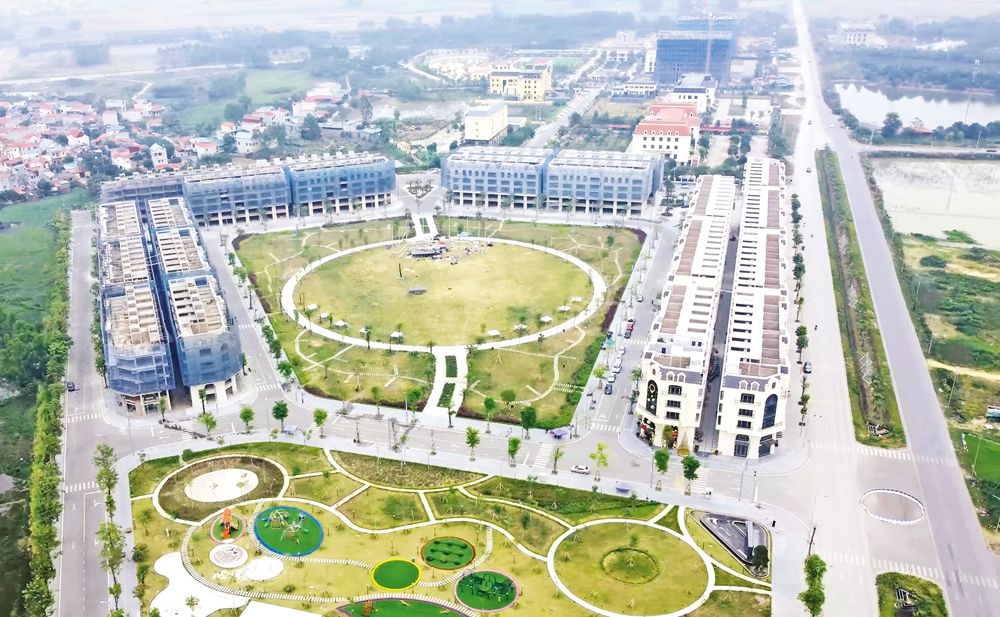 |
|
The high-end mixed-use urban and entertainment complex project in Bac Giang City seen from above. |
Under the proposed merger, the new Bac Ninh province will cover over 4,718 square kilometers, house 3.6 million people and post a combined GRDP of nearly 440 trillion VND, making it the fifth-largest economy in Vietnam. The newly merged province is expected to become a key growth engine in the capital region and northern economic triangle.
Experts believe the merger between Bac Ninh—strong in industry and services—and Bac Giang—with its agricultural foundation and industrial potential—will create a complementary economic structure. The new province will host over 30 industrial parks and develop all three pillars—industry, agriculture, and services—in a balanced, sustainable model.
To harness the benefits of this merger, a unified and comprehensive master plan is needed. This includes revising existing provincial plans and redefining the roles of each sub-region in industrial, urban, agricultural and conservation development.
The new plan should resolve long-standing bottlenecks, fill in missing infrastructure, and prioritize transportation as a development linchpin. Alongside, the legal and policy frameworks must be streamlined to ensure consistency, predictability and efficiency.
Bac Giang’s transformation from a rural backwater into one of Vietnam’s fastest-growing provinces has been the result of bold decisions, strategic implementation and strong grassroots engagement.
The province has succeeded by leveraging its people, resources, and enterprise base. Now, as part of a larger provincial structure, Bac Giang is poised to help shape a new development model—more robust, inclusive, and integrated.
The road ahead presents challenges but also a rare opportunity to redefine regional growth. With over two decades of reform experience and an unwavering commitment to innovation, Bac Giang enters the next era not as a follower—but as a potential role model for Vietnam’s balanced and sustainable growth.
 Bắc giang
Bắc giang

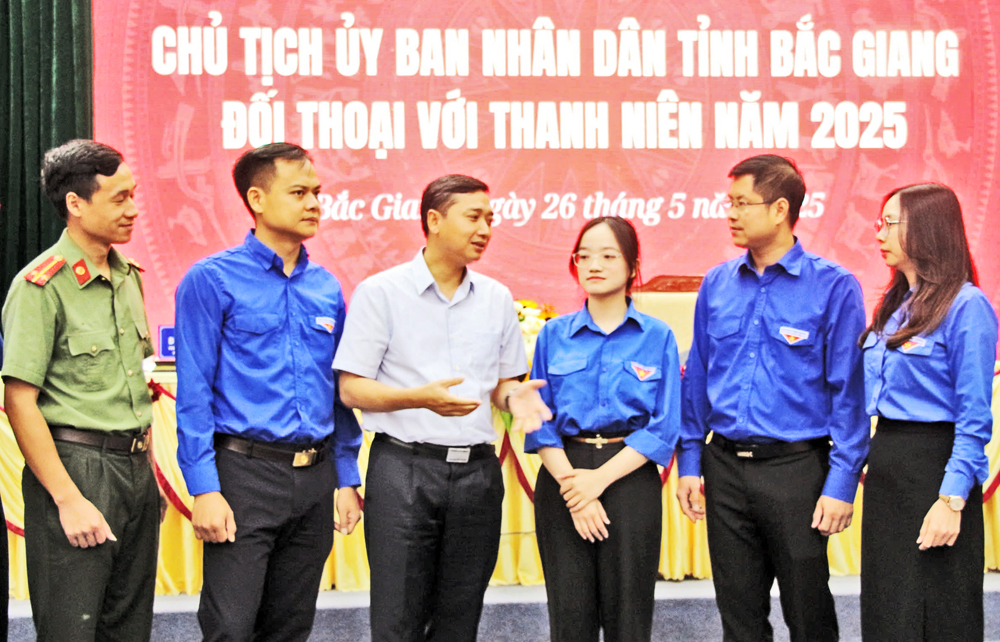
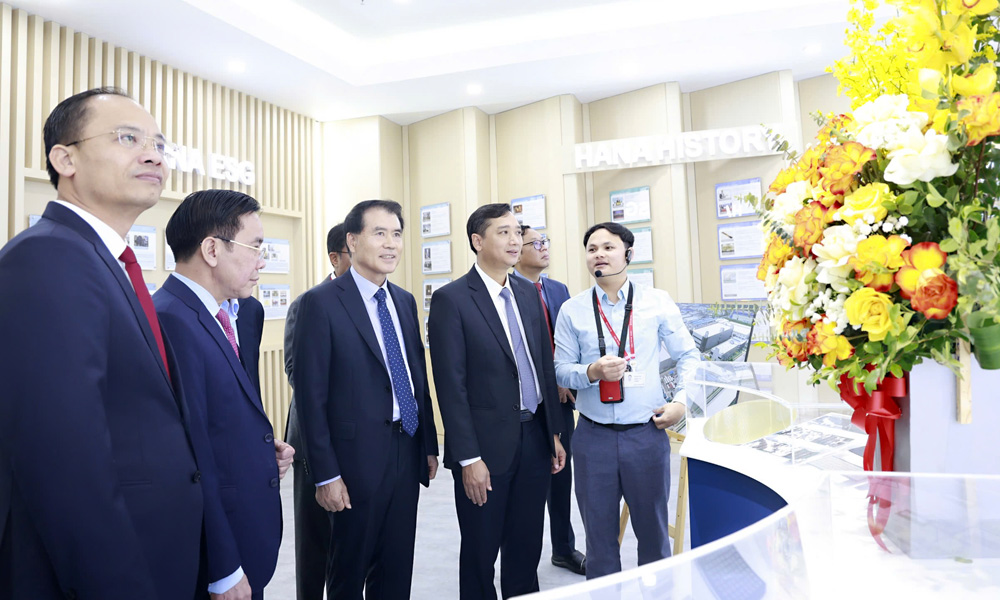


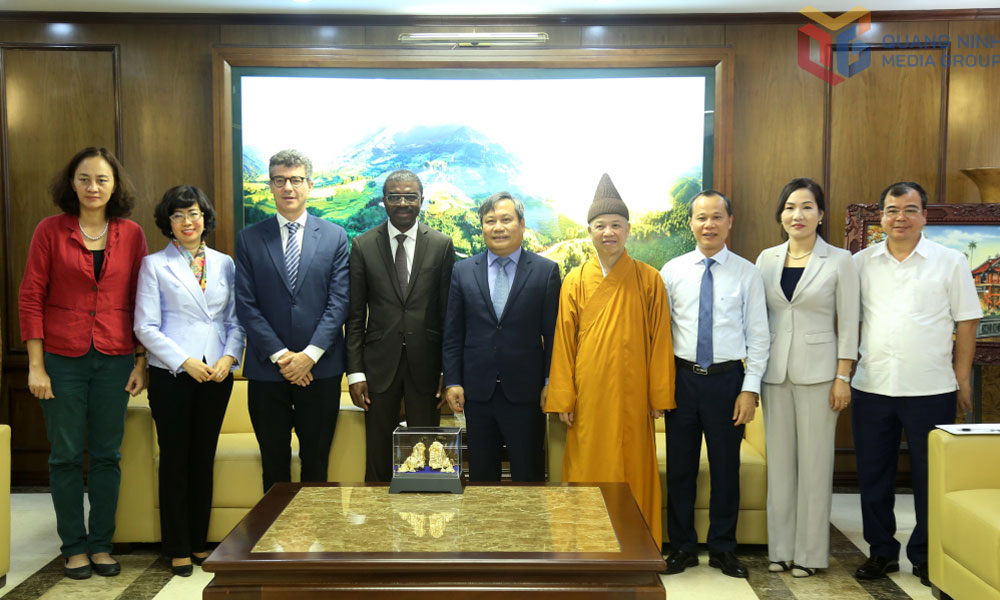

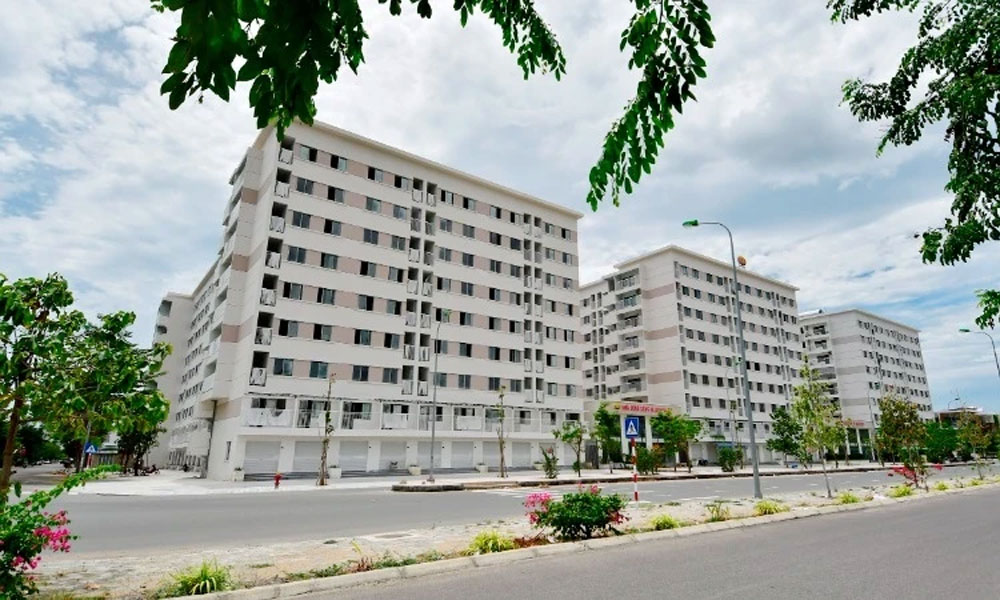
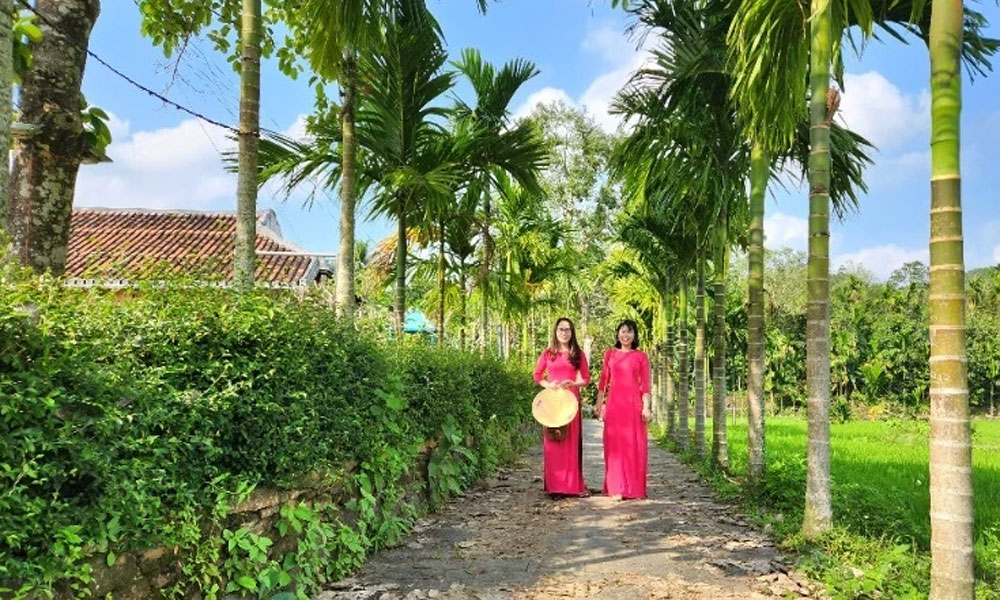
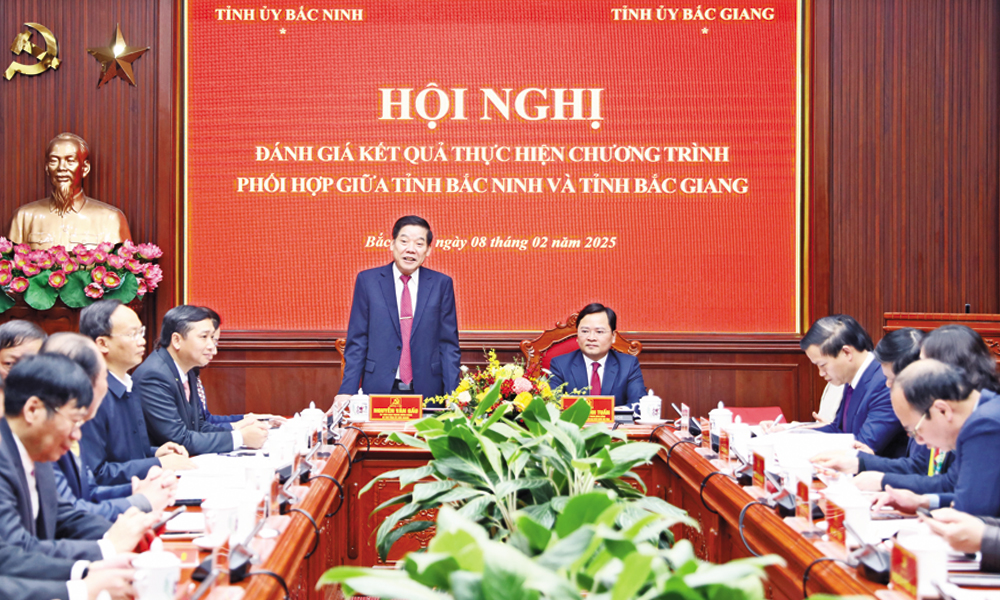
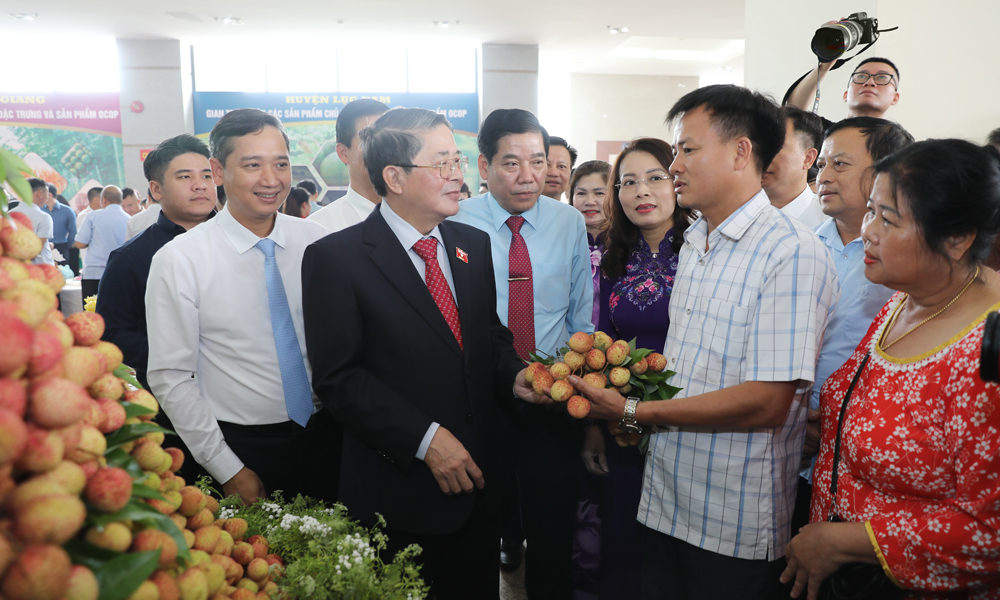
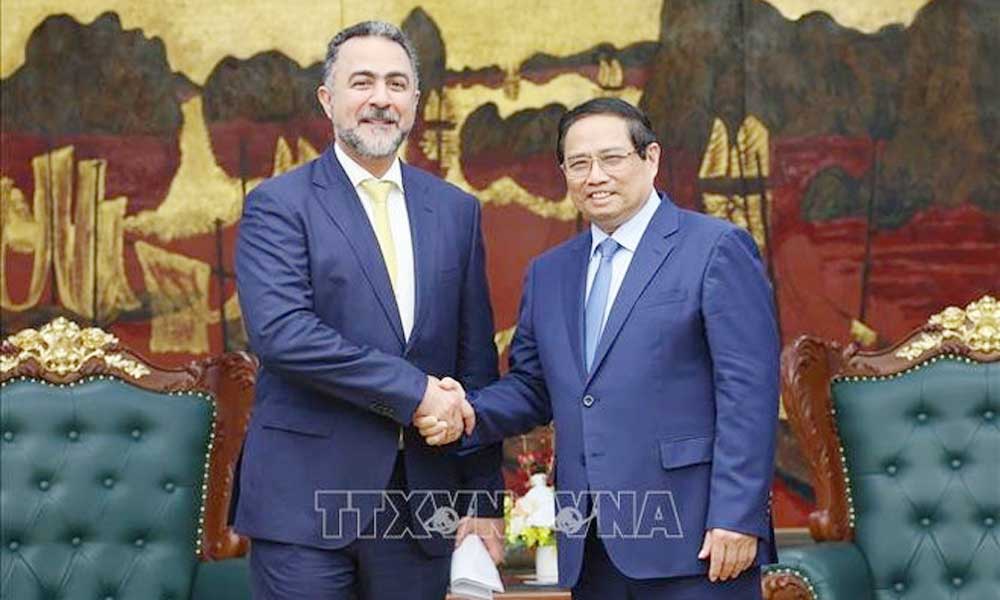


Reader's comments (0)